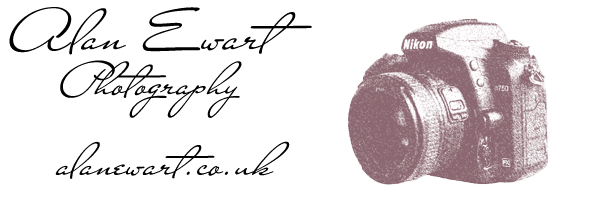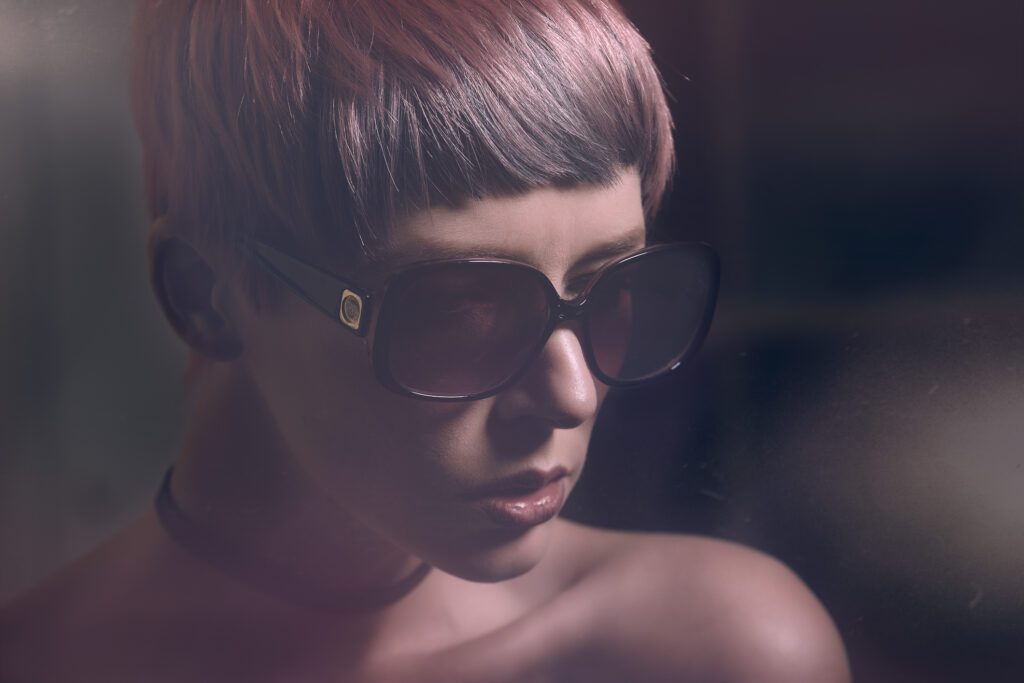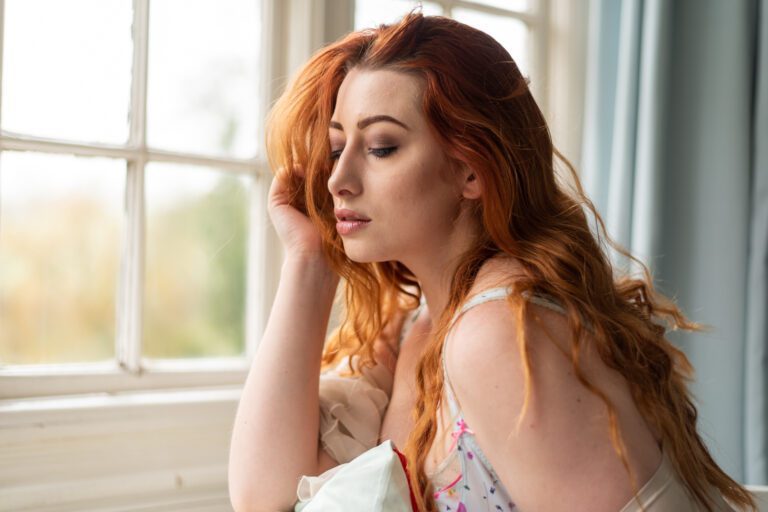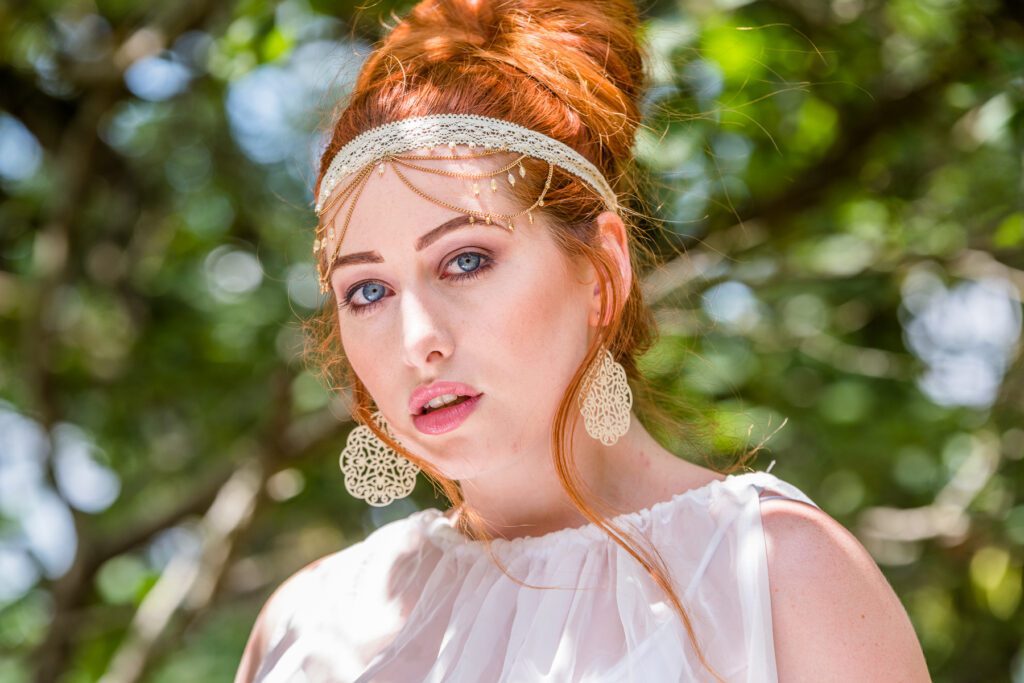Professional Photo Retouching
Professional photo retouching is something that should be a key part of every photographers workflow. Unfortunately, many photographers don’t have the time to professionally edit their images and many others do not have the skills required to produce consistent and high-quality results.
Professional photo retouching services
Whether you are a professional photographer or a keen amateur you want your photographs to stand out from the crowd. High-end photo editing will bring your images to life and showcase them in the best way possible.
If you shoot your images in RAW format (and you absolutely should), your camera captures a huge amount of data. The problem is that Raw images have a tendency to be flat because they are unprocessed and uncompressed. In many ways, a RAW file is akin to an unprocessed film negative.
RAW files need to be processed to bring out the colour, contrast, and sharpness. The primary reason for shooting RAW files is that they contain a huge amount of data. That data offers a huge amount of opportunity when it comes to photo editing. Professional retouching uses all of that data to process your image producing dynamic, polished results. Processing RAW images can also help to fix the photo if parts are over or under exposed.
As an example, compare the two images on the left. One image is an unprocessed Jpg copy of a RAW file, the second is a processed image file. Note how the dynamic range, the colours are much better and my dog is much more detailed and visible.
As a professional photographer with many years of experience, I am pleased to be able to offer high-end photo retouching services to photographers of all skill levels.
Why should you use my photo editing services?
I would be the first to admit that paying someone to edit your photographs is an expense many could do without in the current economic conditions. However, if you are a busy photographer, time is money. Using a skilled professional photo editing service can save you a huge amount of time that could be better spent taking on more commissions or marketing your services.
If, for example, you are a wedding photographer, you may have several thousand images to review, colour grade, edit and resize ready for printing. If you don’t have the required skills and an efficient workflow it could easily take you days or weeks to prepare the images to the acceptable standard.
I have been using Photoshop for over 30 years and Lightroom since it was launched in 2007. I have an efficient and practised workflow which means I can reduce the turnaround time for your images to just a few days. I will admit that you could outsource your editing to a company in India for less than I would charge. However, you will not receive the same quality of service that I can provide.
As a Master’s Degree educated professional photographer myself, I know what makes a good photograph. I understand how colour grading and removing distractions can massively improve your final images.
As a UK-based sole trader, I understand how important customer satisfaction is. Large companies often keep their prices low by bulk-processing images using AI-based programs. This can mean that something that looks good on one image does not translate properly to other images.
My approach to professional photo retouching jobs is to recognise that each image requires processing that is unique to that image. To that end, I discuss client requirements in detail before staring any work. When I begin retouching I will send the client a sample of 3 – 4 versions of an image to allow them to select the version that appeals most to them.
I will also provide different versions of the final retouched images so that the end client has a variety of choices. This approach offers you opportunities for upselling and allows you to provide the client with more than they expect. This, in turn, will help you to build your client base through word-of-mouth recommendations.
How do professionals retouch photos?
It would be fair to say that there is a lot of variation in how people approach professional photo retouching. As I mentioned earlier, large companies often rely on bulk processing using AI-based computer programs. There is certainly a place for this when it comes to digital photo editing. This approach can certainly lead to acceptable results for some photos, but it can often create more problems than it solves.
For example, when you look at wedding photo retouching, professional photographers will have photographs that were taken inside and outside. The lighting will be different in the church than it is at the reception. Some photos will contain one or two people, others will have large groups. It would be impossible for all of those photographs to be successfully processed in bulk using AI.
A professional photo editor will take a multi-stage approach to photo editing. For me, the first stage is to ascertain what kind of photograph I am working with and deciding the purpose of the photo. The style of editing required for a high-end beauty portrait is very different to what is required for an e-commerce product photo. If an image’s final destination is in a magazine it may need to be edited in the magazines house style.
Photo editing services we provide
Basic photo editing service
The arrival of digital photography has revolutionised the medium. Everyone is a photographer, and everyone has a decent quality camera in their pocket. Our smartphones and tablets don’t just offer instant photography, they include a full editing suite, and the means to disseminate our photographs worldwide in a matter of moments.
Artificial intelligence driven apps make the editing process easier, and more accessible than ever before. For those who have the time and energy to learn to use some of the numerous editing apps available, the possibilities are endless. And yet we are bombarded with horribly edited images on a daily basis. Instagram and Snapchat filters are guilty of ruining millions of images every day.
The use of editing apps can be a huge amount of fun, especially when the images are only to be used on your personal social media accounts. If your images are to be used in a wedding album, a magazine, an advertising campaign, an e-commerce store, or a client’s wall, a more professional editing process is required.
My basic photo touchup service is designed for those who need to process large numbers of images with a quick turnaround time. Basic processing aims to prepare images to the stage where they are ready to show your client. This includes all of the following as appropriate for each image:
Setting black and white points, ensuring that detail remains in both highlight and shadow areas
Colour correction, including adjusting white balance as appropriate
Cropping, leveling, and framing
Lens correction
Exposure and contrast adjustment
Vibrance and Saturation adjustment
Toning, and colour grading
Sharpening
Sizing for print, social media, and internet use
Provision of 3 versions of each image to increase end client choice (over deliver)
How much does basic photo editing cost?
Basic photo editing is about turning around a large number of images quickly. It is difficult to give an accurate cost because you never know the size of the task.
However, it is possible to estimate the total cost based on an hourly rate. I typically charge £30 ph for basic photo editing. As an example, basic editing for a typical wedding would take 4 – 5 hours of work and cost £120 – £150. Of course, editing costs are something that can be passed on to the end client in most cases.
Professional photo retouching for portraits
In my view, it is in portraiture when professional photo retouching really comes into its own. Whether the image is for a wedding album, a personal portfolio, or a client’s wall, a good portrait shows the client the best version of themselves.
A great portrait gives the viewer a look into the subject’s soul, it engages the viewer, inviting intimacy and forming a connection. Professional photo retouching strengthens that connection by setting the mood. Colour theory teaches us about the importance of colour to create or reflect mood. Using harmonious colours in an image can elevate a portrait from satisfactory to stunning.
It would be fair to say that there are considerable ethical controversies surrounding the editing of portraits. Advertisers and magazines stand accused of creating an unattainable standard of perfected beauty that has a particular effect, especially amongst young women.
The use of software to alter faces, body shapes, and to remove anything that could be seen as a “blemish,” is, in my opinion, bordering on unethical and potentially damaging. People should recognise the subject, not an over-edited fantasy version of them. It is important to avoid making a subject look like a porcelain doll, skin has texture, and techniques that blur skin texture usually make the skin look like plastic.
What does portrait photo editing include?
Professional photo retouching for portraits is a hugely time-consuming process. This is something that is usually done in small volumes. Your client will have received images to choose their favourites from a selection of images that has already received the basic editing process outlined above. That level of basic editing could have been done by me, the photographer, or a third party. It would be usual for a batch to be anything from 3 images for a portrait shoot to, 40 images for a wedding album.
The high-end retoucher’s job is to create the best possible image, from the base photograph, using advanced techniques in the Adobe Creative Cloud and other appropriate software. This should reflect the client brief, including any “house style.” The job is to make the most of the canvas, to enhance the image , to bring the subject to life, highlighting their personality, helping the photographer to realise their vision, and to engage the viewer. But, it has to be natural, the last thing a viewer should think is “nice Photoshop work.”
In addition to ensuring that the basic level editing is appropriate for the image the time has come for some serious, high-end professional photo retouching, for each individual image in my tool of choice, Adobe Photoshop. For me, as a working photographer as well as a retoucher, Photoshop is still the best tool on the market. There are plenty of offerings from companies like Serif Affinity and On1 who produce excellent software as an alternative to Adobes much maligned subscription model.
I think the fact that these worthy alternatives aim to emulate Photoshop speaks volumes. Recent updates to both Lightroom and Photoshop have embraced the concept of AI assisted selections, something that has really helped to streamline a retouchers workflow. The integration between Lightroom, Camera Raw, and Photoshop is seamless and intuitive to me, as it should be after so many years working with these tools.
No other company can provide this sort of integration, much less the range of ways to achieve similar results in Photoshop. It is this integration and flexibility that allows me to tailor my approach to each individual image in a time (and cost) effective way. Professional photo retouching of a portrait or beauty portrait should be comprehensive and will include many, or all, of the techniques listed below. All retouching jobs are approached using a non-destructive process. All layers are preserved in Psd or Tiff files.
My retouching workflow
The portraits of Cerys, to the right and above illustrate the need to tailor your editing approach depending on the end use for the image.
The portfolio image above was used for social media promotion. Note the cooler colour palette, it harmonises nicely with the clothing and the parasol. The diffused natural light is from above, softening the skin and allowing a much more natural retouch. Eyes, and lips are subtly enhanced but note that freckles and moles on the skin are clearly visible.
The image on the right is a “boudoir” portrait, something that would usually have a much more narrow, and often more intimate, audience. A boudoir image should be engaging on an intimate level, it can be sexy, alluring, discrete, flamboyant or even coy.
In this case the colour of the background, bedding etc blends beautifully with the clients negligee creating a soft and warm atmosphere.
You can see in this portrait that professional photo retouching has meant working on the skin tones to shape the face and highlight the eyes and even the skin tones. Good makeup provides a great foundation, skilled retouching can build on that foundation to create an outstanding image.
It is important to note that the range of images that require professional photo retouching to this level is mostly in the portrait, beauty, and glamour type of image. Many images can be edited to a very high standard much more quickly than an editorial beauty image. However, in my experience, all images can benefit from a retouching process that considers all of the elements listed above together with any or all of those in this list.
- Markup problem areas
- Clean up blemishes
- Remove distractions
- Repair background
- Tidy and shape hair
- Remove distracting flyaways
- Optimise the balance between subject and background
- Repair or adjust clothing
- Add any embellishments
- Focus on skin, including makeup repair, fix inconsistent colour, remove temporary skin blemishes (spots, blackheads etc)
- Ensure consistent skin tone on face and other visible skin areas
- Ensure consistent and appropriate light levels
- “Perfect” skin using frequency separation and micro Dodge and Burn techniques. Skin texture is maintained whilst features are sculpted, wrinkles reduced, eyes are enhanced and attention paid to brows and lips.
- Dodge and burn at Macro level
- Colour balance whilst retaining natural skin tones
- Harmonise colour, adjusting the colour of clothing if necessary
- Colour grading
- Selective sharpening
- General sharpening
- Export finished image, correctly sized, for social media, portfolio, print or any other agreed purpose.
Professional photo retouching takes time but it can really make a huge difference to the quality of the final image.
The video opposite is a speed edit of a professional beauty retouch. It gives some idea of the lengths skilled retouchers go to, to ensure that the client receives an image that reflects their artistic vision and is optimised for its intended use.
So what does high-level professional photo retouching cost? Again it is very much a question of how long a retouch might take. Working on a base figure of £30 ph, most images can be edited in under 2-hours, many in an hour or so.
In extreme examples, where there is a huge amount of skin work, harsh shadows, lots of distractions, and bad makeup, it may take 4 – 8 hours to achieve high-end results. I am always happy to give an estimate for how long a job might take.
Professional fantasy photo editing
My absolute favourite photo editing job is creating fantasy edits to be used as wall art. These look fantastic printed on acrylic or aluminium.
These particular images are part of a series using CGI created figures combined with my own diving photographs from the Egyptian Red Sea.
If you are interested in this type of work, get in touch, I can stage photoshoots to produce images for this kind of art.
Creating images like this is a complex process. There will be more my processes in a subsequent post.






